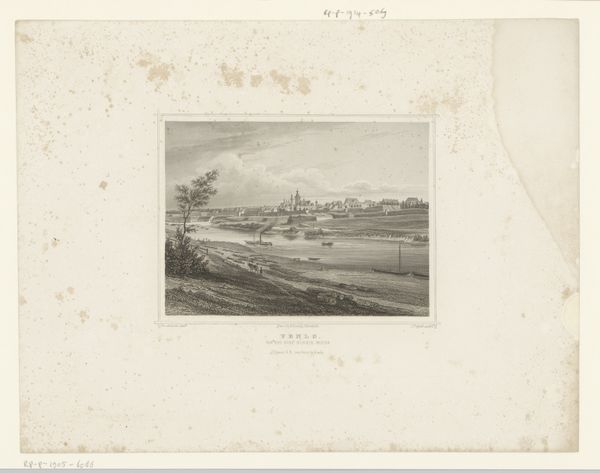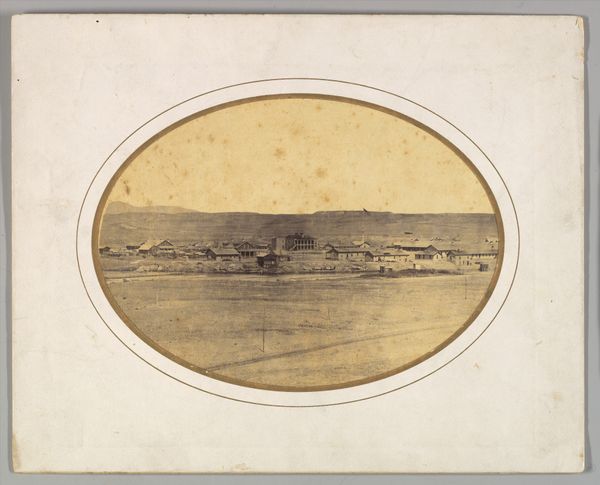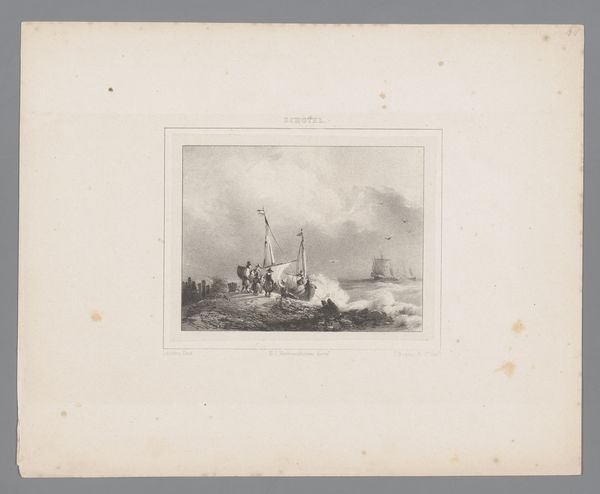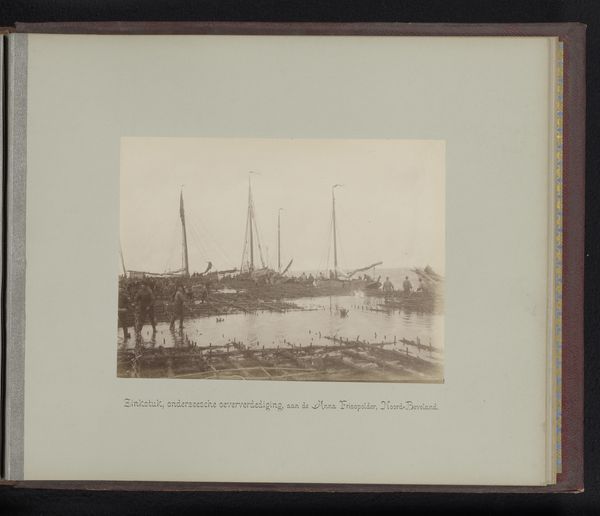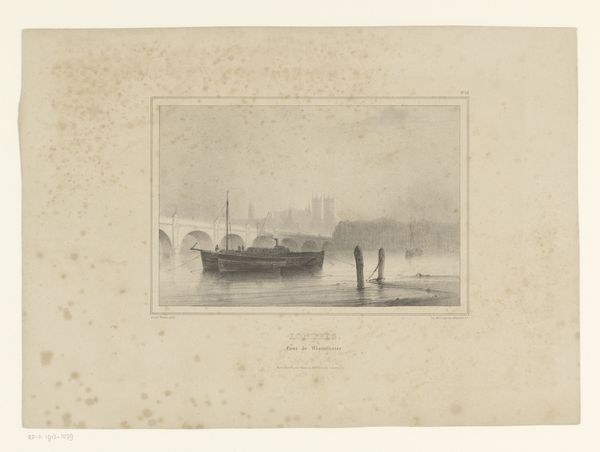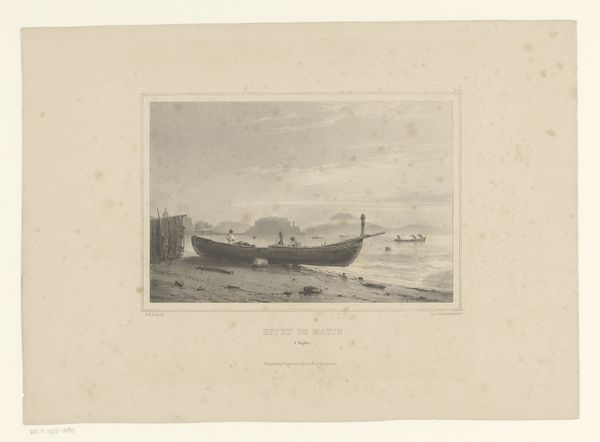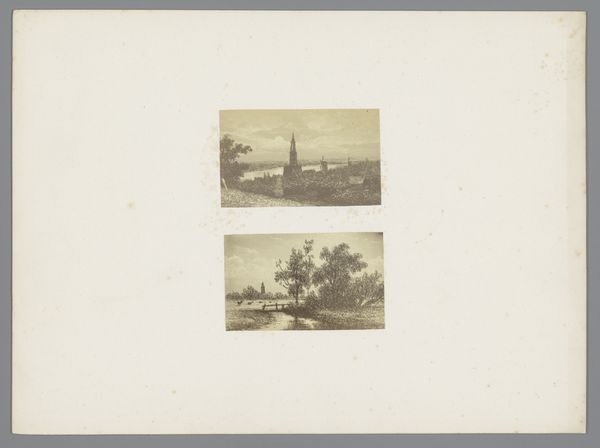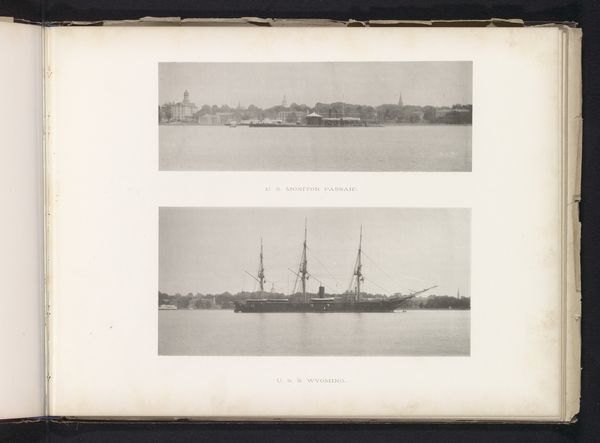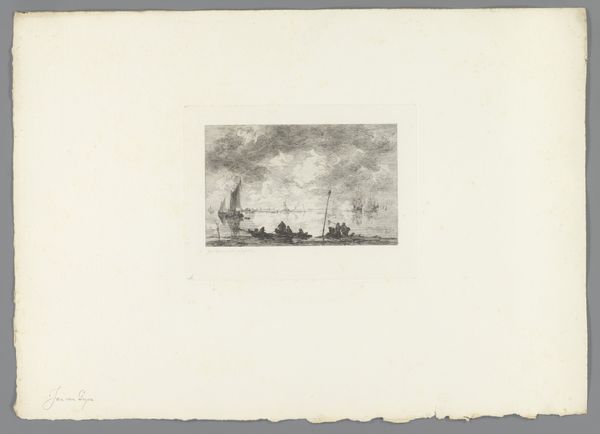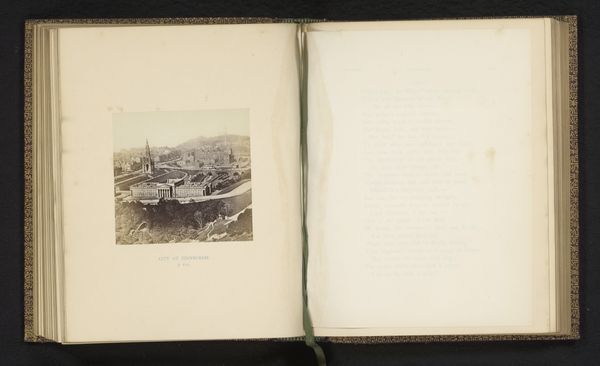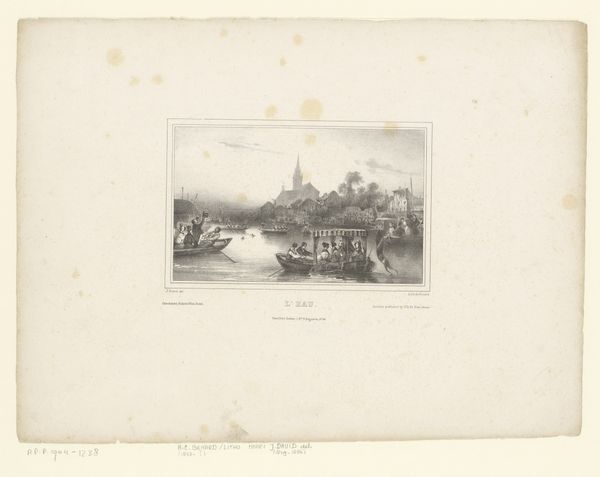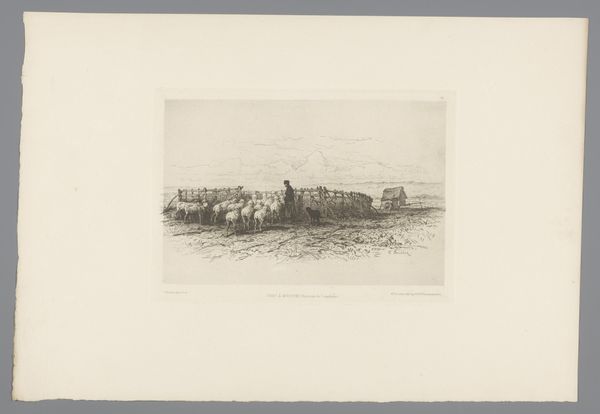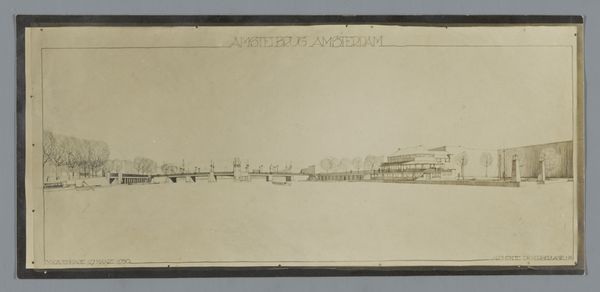
Twee gezichten op kassen met planten voor Green's August Flower en Dr. Boschee's German Syrup before 1889
0:00
0:00
print, photography, gelatin-silver-print
# print
#
landscape
#
photography
#
gelatin-silver-print
Dimensions: height 200 mm, width 250 mm
Copyright: Rijks Museum: Open Domain
Editor: Here we have a gelatin-silver print titled "Twee gezichten op kassen met planten voor Green's August Flower en Dr. Boschee's German Syrup," dating from before 1889. It shows two photographic views. The bottom one, labeled "Our Glass Works," features a factory. The entire composition is fascinating in its stark, industrial feel. What can you tell me about it? Curator: Well, immediately I’m drawn to the gelatin-silver print as the medium. We should consider the labour and chemical processes involved in producing this kind of photograph, particularly in the late 19th century. Also note the use of the final artwork in the advertising sector. Think about the resources required to manufacture glass on an industrial scale as well as its commodification for consumer medical advertising. What message is implied here about the factories and commercial medical industry? Editor: That’s interesting! The fact it's an advert is striking. It positions the industry itself – glass manufacturing – alongside the goods they enable to be consumed: medicine and plants. The glassworks even feels…wholesome. Curator: Exactly! The image romanticizes the process of manufacturing by displaying it without critique. We are seeing it with today’s eyes but could also think about consumerism’s impact, how labor affects the landscape, and what this burgeoning relationship with commodity signifies. Does this period also mark the beginnings of contemporary production? Editor: I suppose in some ways it does. Mass production becomes normalized here; it feels very much like the roots of many current environmental issues. I'm definitely thinking about this advertisement very differently now, and what exactly this says about our view of labour and how our present perception has been created through the use of advertisement. Thank you! Curator: You’re very welcome. The intersection of industrial labor, commodity production, and early advertising techniques in shaping perceptions is key.
Comments
No comments
Be the first to comment and join the conversation on the ultimate creative platform.
